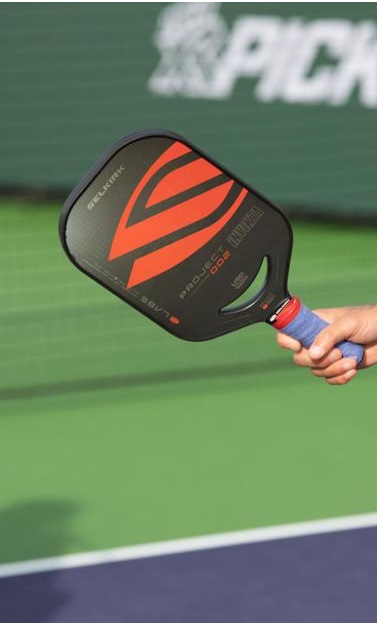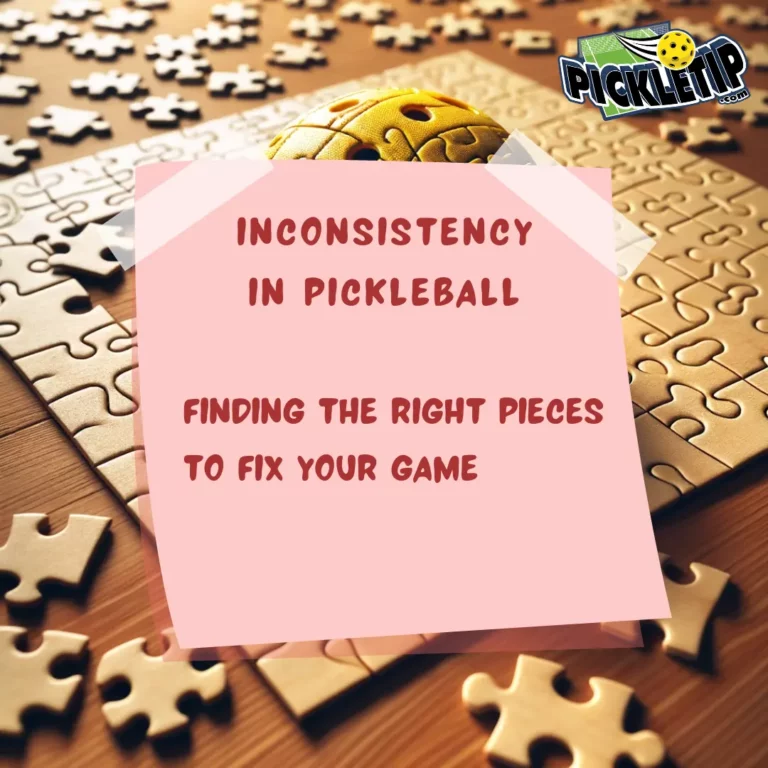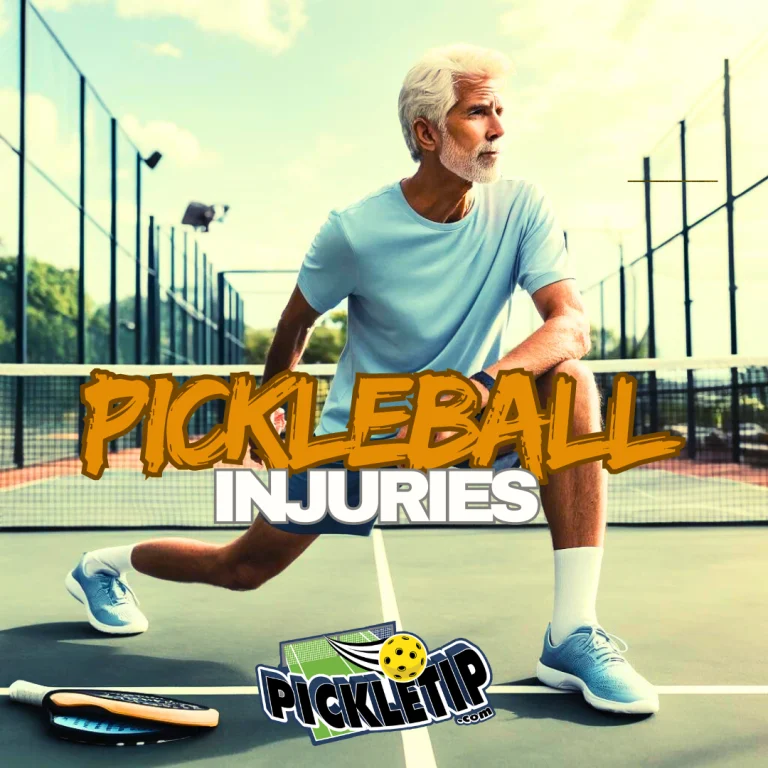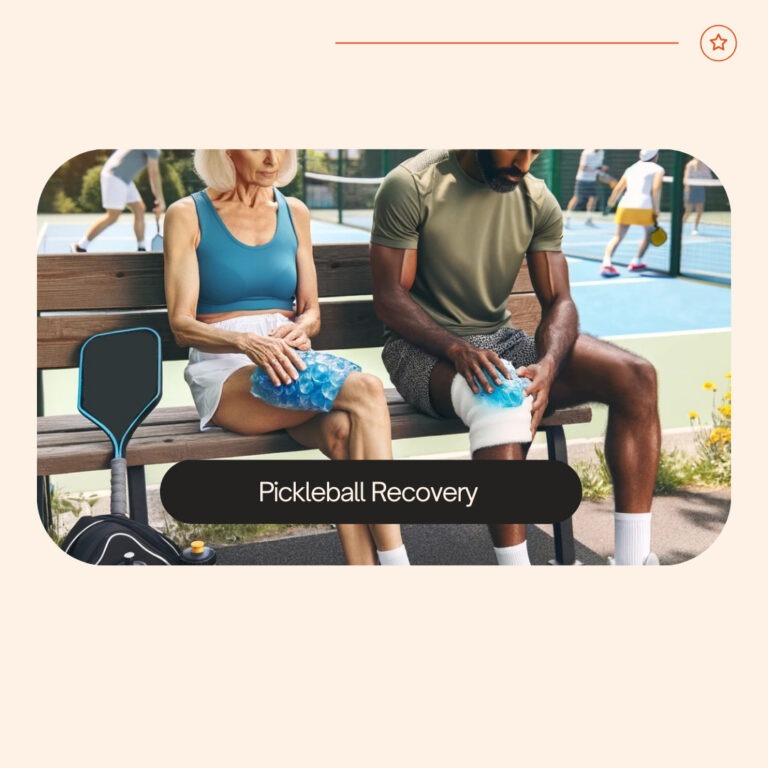How to Hold a Pickleball Paddle
Grips, Pressure, & Techniques Explained
How to Hold a Pickleball Paddle: Mastering the Basics
Pickleball, a rapidly growing sport, combines elements of tennis, badminton, and table tennis. One of the key components of playing pickleball effectively is knowing how to hold the paddle correctly. In this article, we will discuss various grips, the appropriate grip pressure, and other essential tips for mastering your pickleball paddle grip.
Different Grips in Pickleball:
As mentioned earlier, pickleball offers a variety of grip options for players. To ensure optimal performance, it is essential to familiarize yourself with these grips:
- Continental Grip: This grip is used for serving and volleying. It involves holding the paddle with your hand positioned such that the base knuckle of your index finger and heel pad of your hand are both placed on the “V” between the paddle’s handle and the hitting surface. This grip allows for versatility and flexibility in the type of shots you can play.
- Eastern Forehand Grip: This grip is used for forehand shots. It involves holding the paddle with your hand positioned such that the base knuckle of your index finger is placed on the third bevel of the handle, while the heel pad of your hand is resting on the handle. This grip provides good control and is commonly used by players with a traditional tennis background.
- Western Forehand Grip: This grip is also used for forehand shots. It involves holding the paddle with your hand positioned such that the base knuckle of your index finger is placed on the fifth bevel of the handle, while the heel pad of your hand is resting on the handle. This grip is generally used by players who like to hit with topspin and want to generate more power on their shots.
- Semi-Western Grip: This grip is a combination of the Eastern and Western forehand grips. It involves holding the paddle with your hand positioned such that the base knuckle of your index finger is placed on the fourth bevel of the handle, while the heel pad of your hand is resting on the handle. This grip allows for a good balance of control and power and is commonly used by players who like to hit with moderate topspin.
- Backhand Grip: This grip is used for backhand shots. It involves holding the paddle with your hand positioned such that the base knuckle of your index finger is placed on the second bevel of the handle, while the heel pad of your hand is resting on the handle. This grip allows for good control and is commonly used by players who like to hit with a one-handed backhand. However, some players prefer to use a Continental grip for their backhand shots, as it allows for more versatility and flexibility.
Remember, while these are common grips, players may develop unique grip styles that work best for them. The best way to hold pickleball paddle depends upon your playing style and comfortability with how it feels.
Questions & Answers:
Q: On a scale of 1-10 (10 being choking), how tight should I grip my paddle in pickleball? Does it matter which shot I’m hitting?
A: Grip pressure in pickleball varies depending on personal preference and the type of shot being made. A grip pressure of around 5 or 6 is generally recommended. Keep in mind that grip pressure may vary depending on the shot, with softer shots requiring a looser grip and harder shots needing a firmer grip.
Q: Is there anything else I should know about pickleball paddle grip? (how to hold pickleball paddle)
A: There are several additional factors to consider when it comes to pickleball paddle grip:
- Hand placement
- Wrist action
- Finger placement
- Switching grips
- Paddle size
A good grip is crucial for accurate shots and injury prevention. Experiment with different grip pressures and hand positions to find the best grip for you.
Holding Your Pickleball Paddle:
Mastering the basics of how to hold a pickleball paddle is essential for success in the sport. By understanding the different grips, finding the right grip pressure, and considering additional factors like hand placement and paddle size, you can improve your performance and enjoy the game more. Don’t be afraid to experiment and practice to find the grip that works best for your unique style of play.








7 Comments